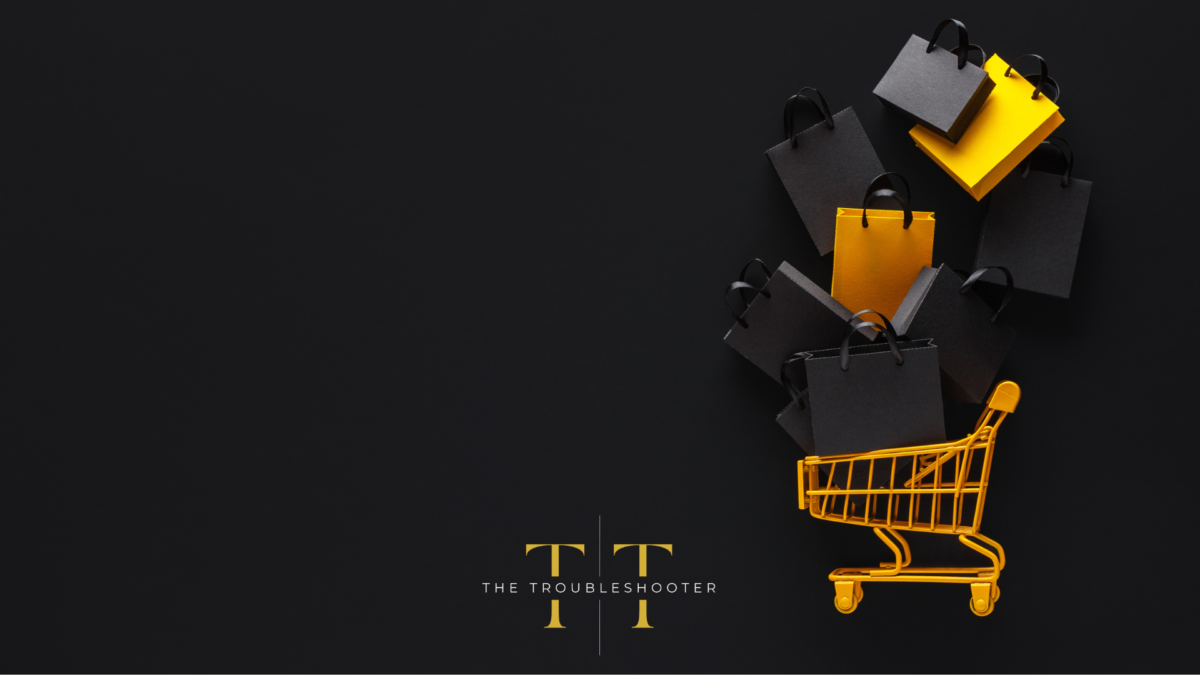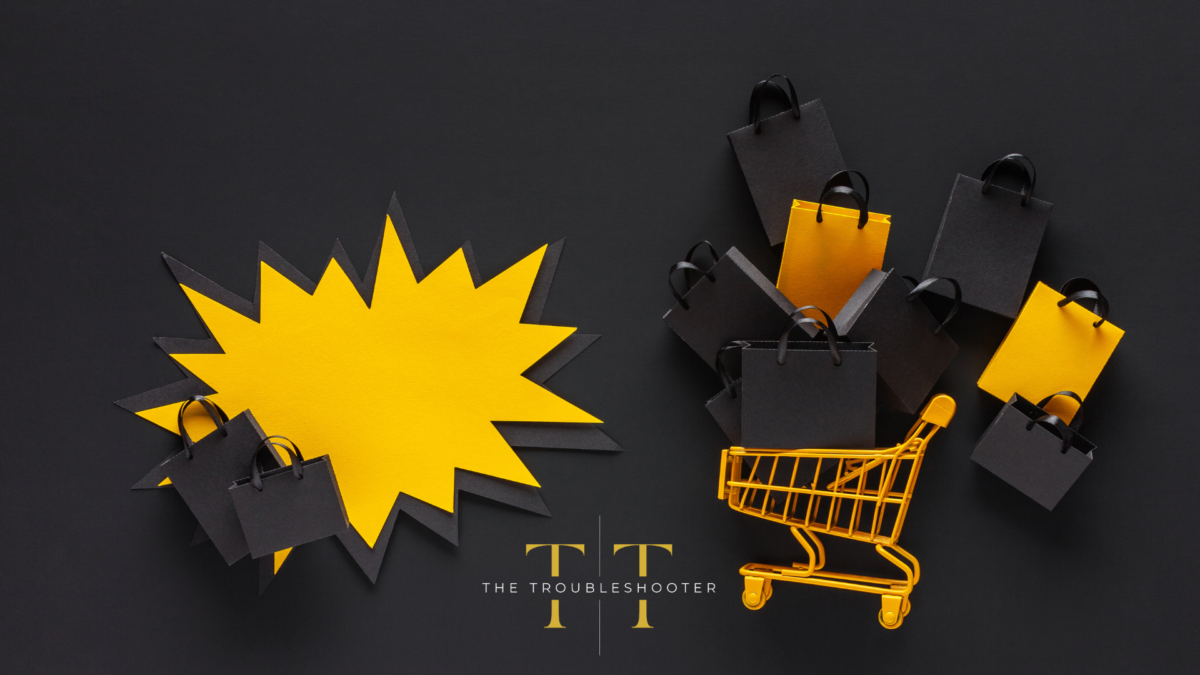
Imagine a young child, eyes wide with awe, clutching their new toy – not just any toy, but a superhero action figure they’ve seen in countless adverts, each telling a tale of heroism and adventure. This isn’t merely a purchase; it’s the beginning of a lifelong journey of brand loyalty, sparked by emotions evoked through skilful storytelling and strategic branding.
This scene exemplifies the essence of emotional branding – a powerful strategy that transcends traditional marketing tactics by creating deep, lasting, indelible link between a brand and its consumers’ deepest sentiments.
Emotional branding is the art of building brands that appeal directly to a customer’s emotional state, needs, and aspirations. It’s about understanding and tapping into the emotions that drive consumer behaviours and preferences, and in today’s market, where consumers are bombarded with choices, emotional branding becomes not just important, but essential in differentiating a brand from its competitors. It’s about crafting stories, experiences, and identities that resonate on a personal level, transforming consumers into loyal advocates and forging bonds that last a lifetime.
In this article, I will explore how brands can tap into the power of emotions to create these deep connections, turning casual buyers into devoted followers.
The Science Behind Emotion in Marketing

The science behind emotion in marketing is a fascinating, and complex, journey through human psychology and behaviour. Emotions, deeply rooted in our subconscious, play a pivotal role in shaping our decisions and preferences and this influence extends profoundly into the realm of consumer behaviour and brand loyalty. At its core are psychological principles that explain how emotions sway consumer behaviour and brand loyalty. Our emotional responses to marketing stimuli are rooted in the brain’s limbic system, which processes feelings like joy, trust, and loyalty – key drivers behind our purchasing decisions.
Emotional branding leverages these responses; it goes beyond just presenting a product or service, aiming to evoke specific feelings that create a psychological bond with the brand. Psychologists suggest that emotional responses to branding are driven by a complex mix of factors including personal experiences, cultural influences, and psychological triggers. These emotional connections often bypass rational analysis, leading consumers to make choices that resonate with their personal identity and values.
Thus, emotionally charged branding taps into this psychological phenomenon by creating experiences or narratives that evoke feelings like happiness, trust, or nostalgia, and when a brand successfully aligns its message with a consumer’s emotional needs and aspirations, it not only captures attention but also fosters a sense of loyalty and belonging. This emotional bond can be incredibly strong, often leading to long-term brand loyalty and advocacy.
Understanding this emotional underpinning is crucial for marketers aiming to create brands that don’t just sell products but build enduring relationships with their consumers.
Components of Emotional Branding
- Storytelling in Branding:
Storytelling is the heartbeat of emotional branding. It humanises brands by weaving narratives that resonate deeply with audiences, creating more than just a transactional relationship – a bond.
Successful brands leverage storytelling to craft memorable experiences. A classic example is Apple, which doesn’t just sell technology; it tells stories of innovation, simplicity, and human-centric design. Apple’s narratives often evoke a sense of belonging and forward-thinking, aligning their products with consumers’ aspirations.
- Visual Identity and Emotional Impact:
A brand’s visual identity – its logo, colour scheme, and overall design – is a silent yet powerful communicator of emotions. These elements can trigger an array of feelings, from the trust evoked by blue hues to the excitement associated with red.
Consider Coca-Cola’s iconic red and white logo, which is often associated with feelings of joy and nostalgia. The consistency of this visual identity across decades has helped maintain a strong emotional connection with its audience.
- Customer Experience and Emotional Bonds:
The customer experience journey is critical in forging emotional bonds. Every touchpoint, from product packaging to post-purchase service, contributes to the overall emotional narrative of the brand.
Enhancing the customer experience requires attention to detail at every stage. For example, Zappos, renowned for its exceptional customer service, has successfully built emotional loyalty by ensuring customer interactions are not just transactions but delightful experiences.
Emotional branding is about creating a symphony of stories, visuals, and experiences, harmoniously aligned to resonate with the human psyche, ultimately forging lasting emotional connections with the brand.
Continue reading









